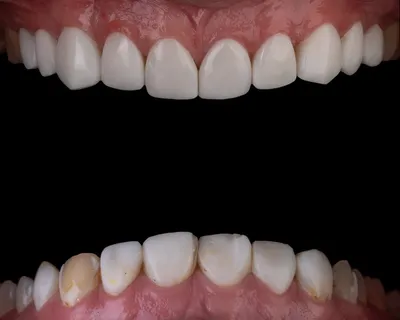
Introduction to Partial Dentures
Partial dentures are a popular solution for individuals missing one or more teeth. They offer a removable option that can replace missing teeth while maintaining the functionality and aesthetics of your smile. Understanding the benefits and potential drawbacks of partial dentures is crucial to making an informed decision.
Benefits of Partial Dentures
1. Improved Functionality
Partial dentures help to restore the functionality of your mouth, allowing you to chew and speak more effectively. This improvement can significantly enhance your quality of life by making everyday activities easier and more comfortable.
2. Aesthetic Enhancement
Partial dentures can improve your appearance by filling in gaps caused by missing teeth. This improvement not only boosts your confidence but also helps maintain the natural shape of your face, preventing the sunken appearance that often comes with tooth loss.
3. Cost-Effective Solution
Compared to other dental restoration options like implants, partial dentures are more affordable. This cost-effectiveness makes them an accessible choice for many people looking to restore their smile without breaking the bank.
4. Preservation of Remaining Teeth
Partial dentures can prevent the remaining natural teeth from shifting into the gaps left by missing teeth. This preservation helps ensure the alignment of your existing teeth and contributes to overall oral health.
Drawbacks of Partial Dentures
1. Initial Discomfort
When first fitted, partial dentures can cause discomfort as your mouth adjusts to the new appliance. It's essential to give yourself time to adapt and to follow your dentist's recommendations for easing any initial discomfort.
2. Maintenance Requirements
Partial dentures require regular cleaning and maintenance to ensure their longevity and your oral health. Unlike natural teeth, dentures need to be removed and cleaned daily, which can be seen as a time-consuming task for some.
3. Potential for Movement
Partial dentures are not fixed in place, which means they can occasionally move or shift while eating or speaking. This potential movement can be addressed with proper fitting and adjustments by your dentist, but it's a factor to consider.
4. Shorter Lifespan
While partial dentures are durable, they do not last as long as other dental restoration options like implants. Over time, partials may need to be relined, repaired, or replaced, adding to the ongoing costs and maintenance efforts.
Conclusion
Partial dentures offer numerous benefits, including improved functionality, aesthetic enhancement, and cost-effectiveness. However, they also come with potential drawbacks, such as initial discomfort and maintenance requirements. By understanding these aspects, you can make a well-informed decision about whether partial dentures are the right choice for your dental health needs. Consult with your dentist to explore the best options tailored to your individual situation.
Popular Dental Implant Articles
Check out our most popular articles on dental implants and dentures, trusted by our readers for reliable information.



